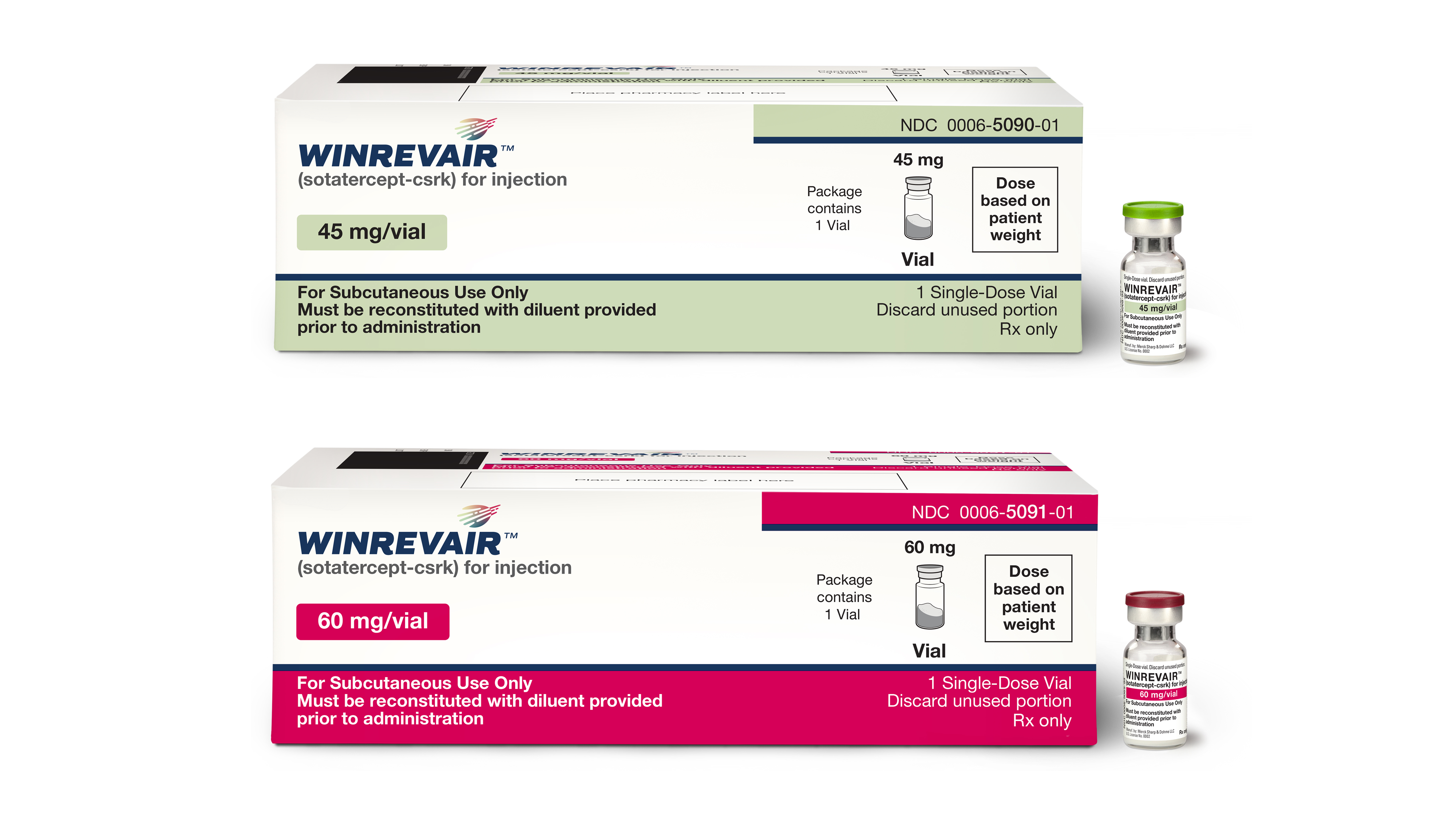Hemophilia is a bleeding disorder which affects more males that females and impacts the body’s ability to form blood clots. The condition is caused by a deficiency in a clotting factor, making even the smallest cuts and bruises potentially life-threatening.
Now, a new study published in The New England Journal of Medicine has detailed a gene therapy which has successfully been used to treat 10 men with hemophilia B so far. The IV-administered therapy uses a non-pathogenic viral vector to deliver the gene encoding the missing clotting factor into the patient’s cells.
The one-time treatment has proven effective in the 10 patients treated to-date, 90 percent of whom no longer need to receive regular clotting factor treatments since they now produce their own. What’s more, the study participants used to experience bleeding episodes about once a month, but the gene therapy treatment has reduced their frequency to just once per year.
While the patients in the current study have only been followed up with for about a year, other research suggests the gene therapy could have sustained effects for up to eight years. The study investigators reported no serious adverse events as a result of the treatment.
“The hope is that this would be a one-time treatment,” said study leader, Dr. Lindsey George of Children’s Hospital of Philadelphia. The study was funded in-part by pharmaceutical giant Pfizer, and the gene therapy itself was developed by Spark Therapeutics.
Currently-available clotting factor therapies cost as much as $200,00 per year for a single patient, causing analysts to wonder what the list price for a one-time, potentially curative treatment for hemophilia may be. The results of this early-phase trial will need to be replicated in larger studies before the FDA and other regulators can consider approving it for wider clinical use.












Join or login to leave a comment
JOIN LOGIN